Citeseerx Ist Psu Edu
The chase strategy refers to the notion that you are chasing the demand set by the market Production is set to match demand and doesn't carry any leftover products This is a lean production strategy, saving on costs until the demand – the order – is placedDemand Management Master production scheduling MPC boundary and the capacity level for each period that maximizes the firm's (supply chain's) profit over the planning horizon Chase Strategy Level Strategy Constant Workforce Aggregate Plan with Level Workforce
What is level and chase strategy
What is level and chase strategy-Under the chase strategy, production is varied as demand varies With the level strategy, production remains at a constant level in spite of demand variations The use of a chase strategy requires that a company have the ability to readily change its output level, which means that it must be able to readily change its capacity Capacity 2 optimum and maximum use of capacity 3 the UPs and downs 4 from excess demand to excess capacity 5 measuring and managing capacity 6 stretching and shrinking level of capacity 7 chasing demand 8 creating flexible capacity 9 demand 10 understanding demand pattern 11 analyzing demand by market segment 12 multiple influences

Demand And Capacity Planning In The Emergency Department How To Do It Emergency Medicine Journal
The planned output for a period is set at the expected demand for that period Advantages Disadvantages Investment in inventory is The cost of adjusting low output rates and/or Labor utilization in high workforce levels Capacity planning identifies the resources needed to respond to demand and occurs in several types Explore the details of lead strategy, lag strategy, and average strategy in capacity planningFor instance, if the skill level and training required was low, a chase demand strategy was recommended Heskett et al expanded on Sasser's work to include a third alternative – "modified" chasedemand This was for the cases where a service did not fit neatly into either chasedemand or levelcapacity
Management must analyze these components of capacity, particularly at periods of maximum demand to determine which ones are causing service bottlenecks (Table 133) A technique called blueprinting, can be used to identify critical stagesChase Capacity Management Opposite to the level capacity management is the chase capacity, " organisations could decide to match capacity and demand by altering the availability of resources This might be achieved by employing more people when it is busy and adopting strategies such as overtime and additional shiftsAn approach to aggregate planning that attempts to match supply and output with fluctuating demand Depending on the product or service involved, the approach can incur costs by the ineffective use of capacity at periods of low demand, by the need to recruit or lay off staff, by learningcurve effects, and by a possible loss of quality
What is level and chase strategyのギャラリー
各画像をクリックすると、ダウンロードまたは拡大表示できます
 Aggregate Planning Youtube |  Aggregate Planning Youtube | Aggregate Planning Youtube |
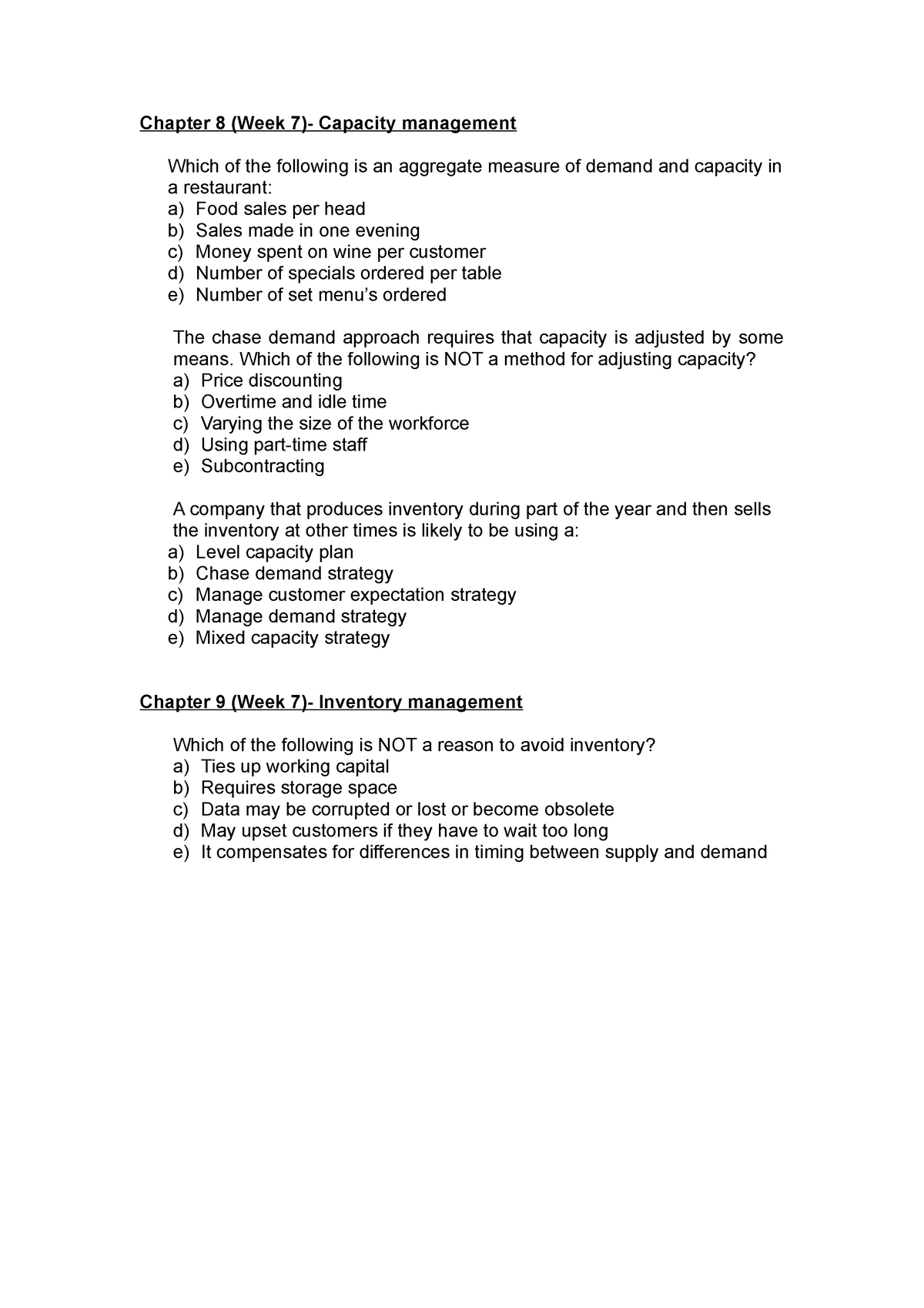 Aggregate Planning Youtube | 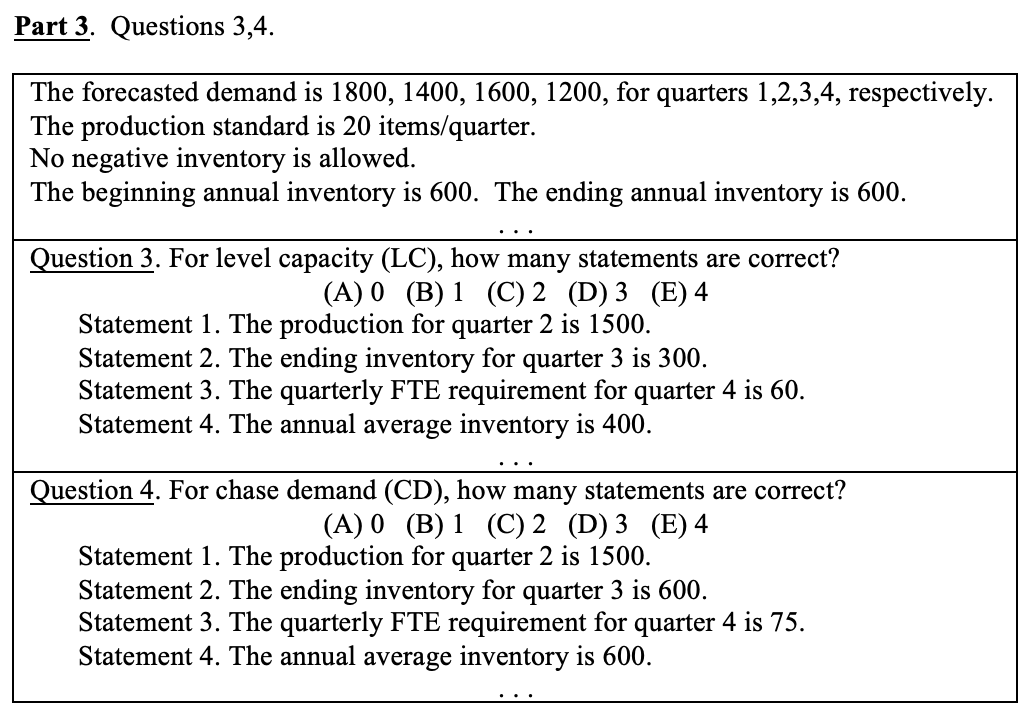 Aggregate Planning Youtube | 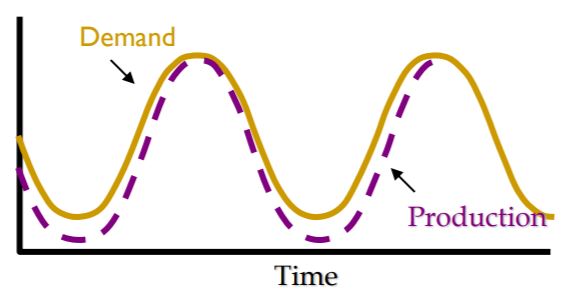 Aggregate Planning Youtube |
 Aggregate Planning Youtube | 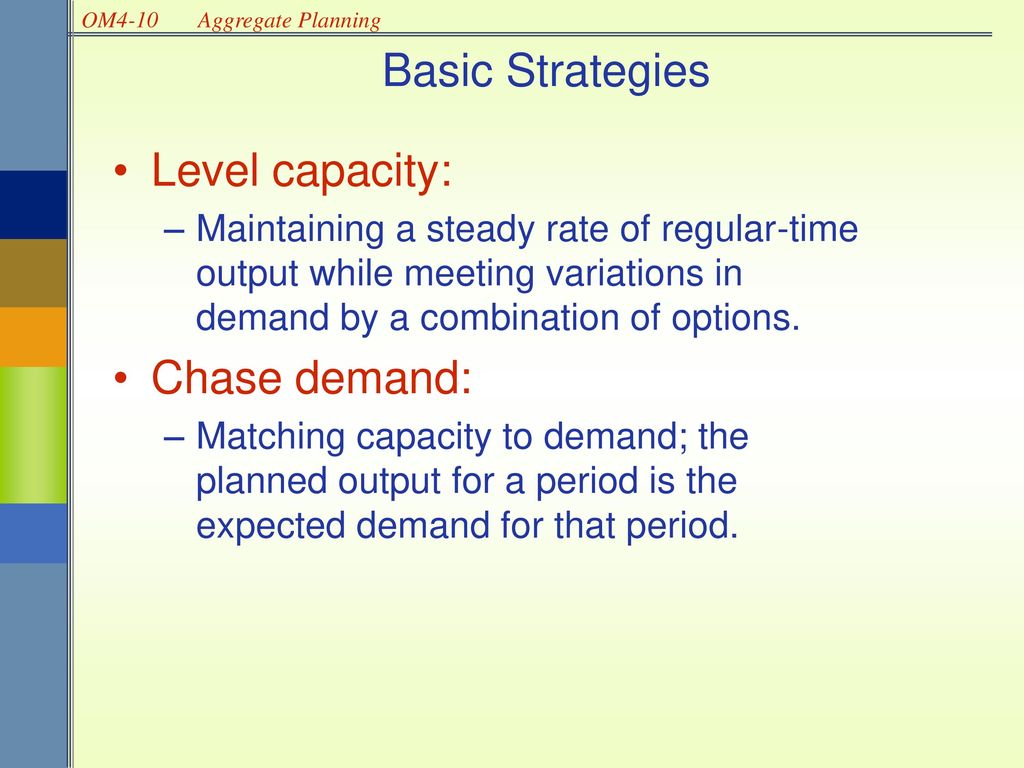 Aggregate Planning Youtube |  Aggregate Planning Youtube |
「What is level and chase strategy」の画像ギャラリー、詳細は各画像をクリックしてください。
Aggregate Planning Youtube | 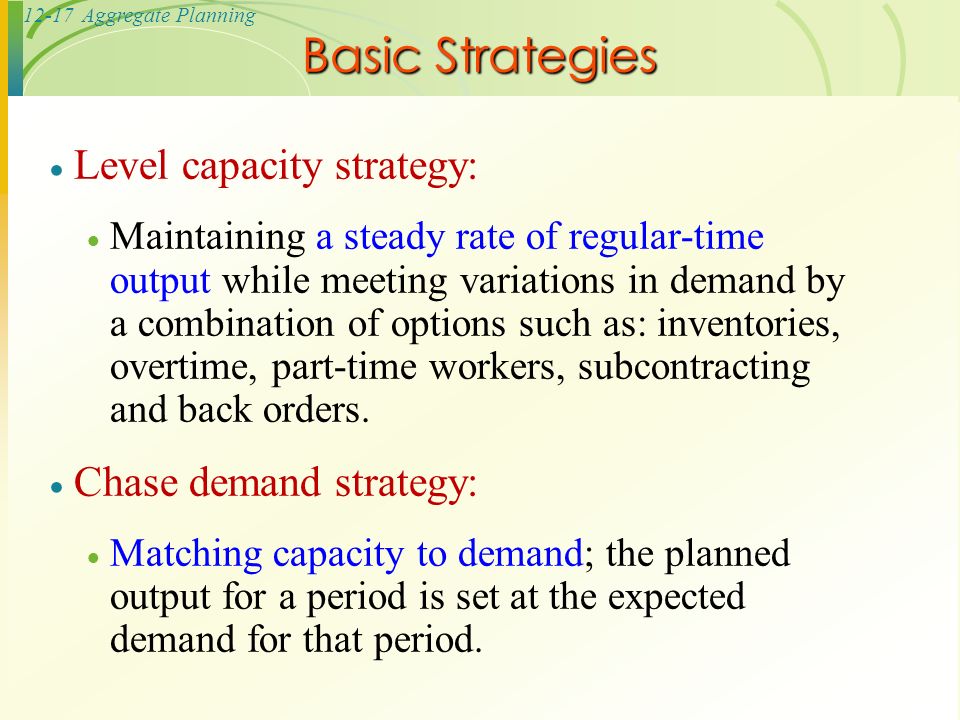 Aggregate Planning Youtube |  Aggregate Planning Youtube |
Aggregate Planning Youtube | Aggregate Planning Youtube | 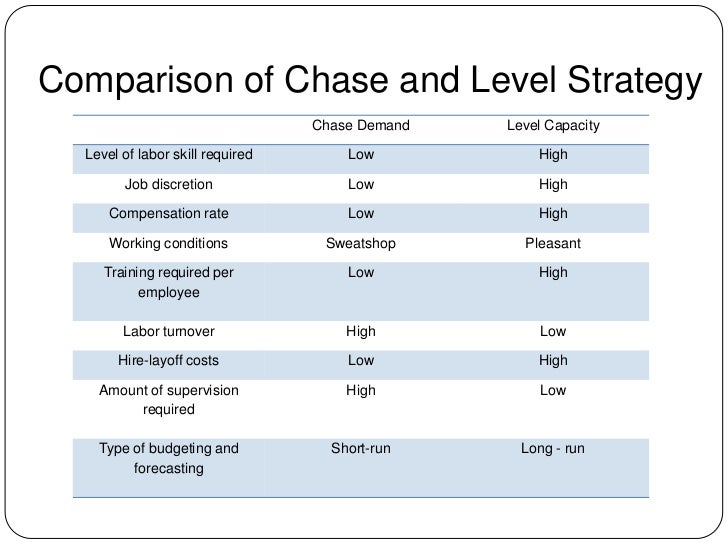 Aggregate Planning Youtube |
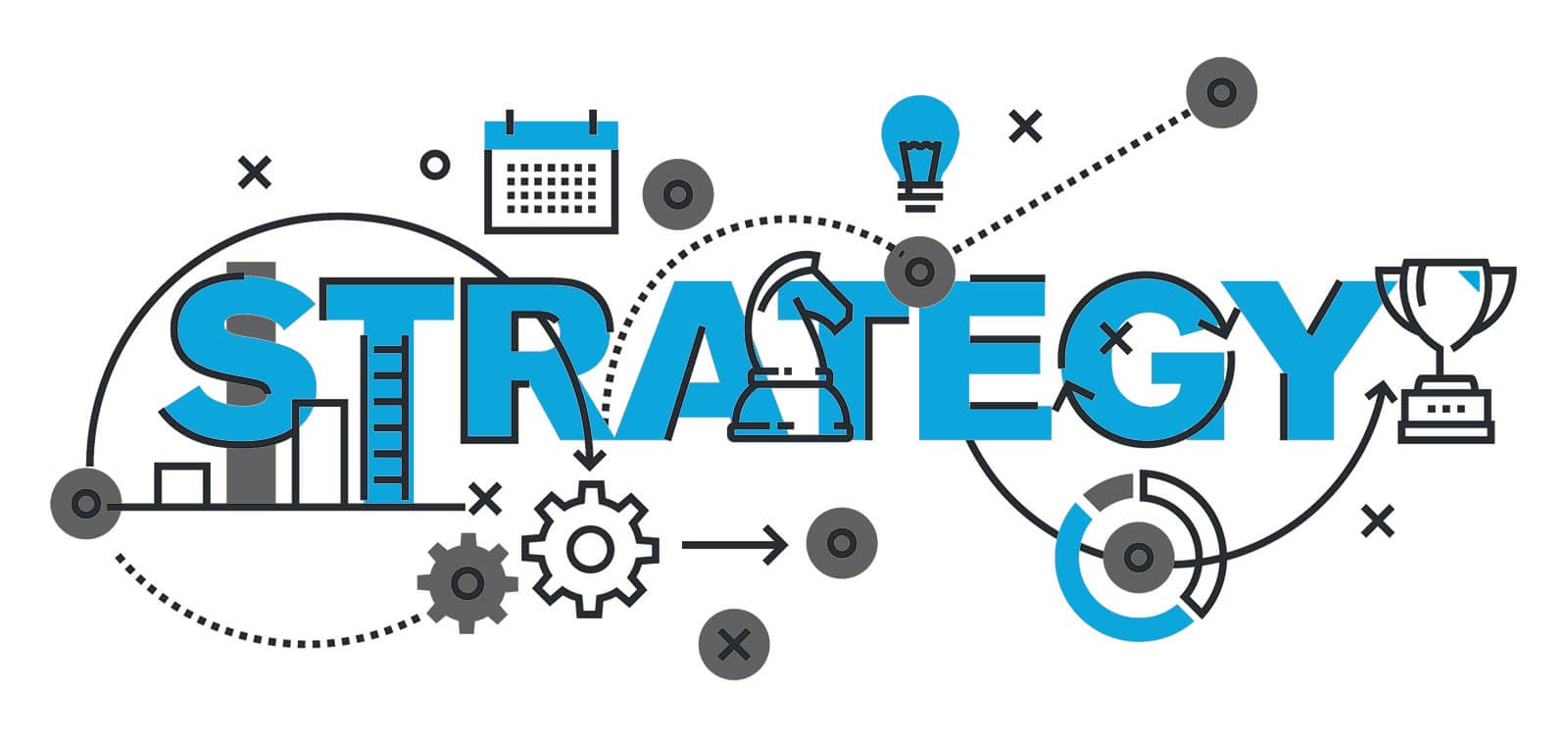 Aggregate Planning Youtube |  Aggregate Planning Youtube |  Aggregate Planning Youtube |
「What is level and chase strategy」の画像ギャラリー、詳細は各画像をクリックしてください。
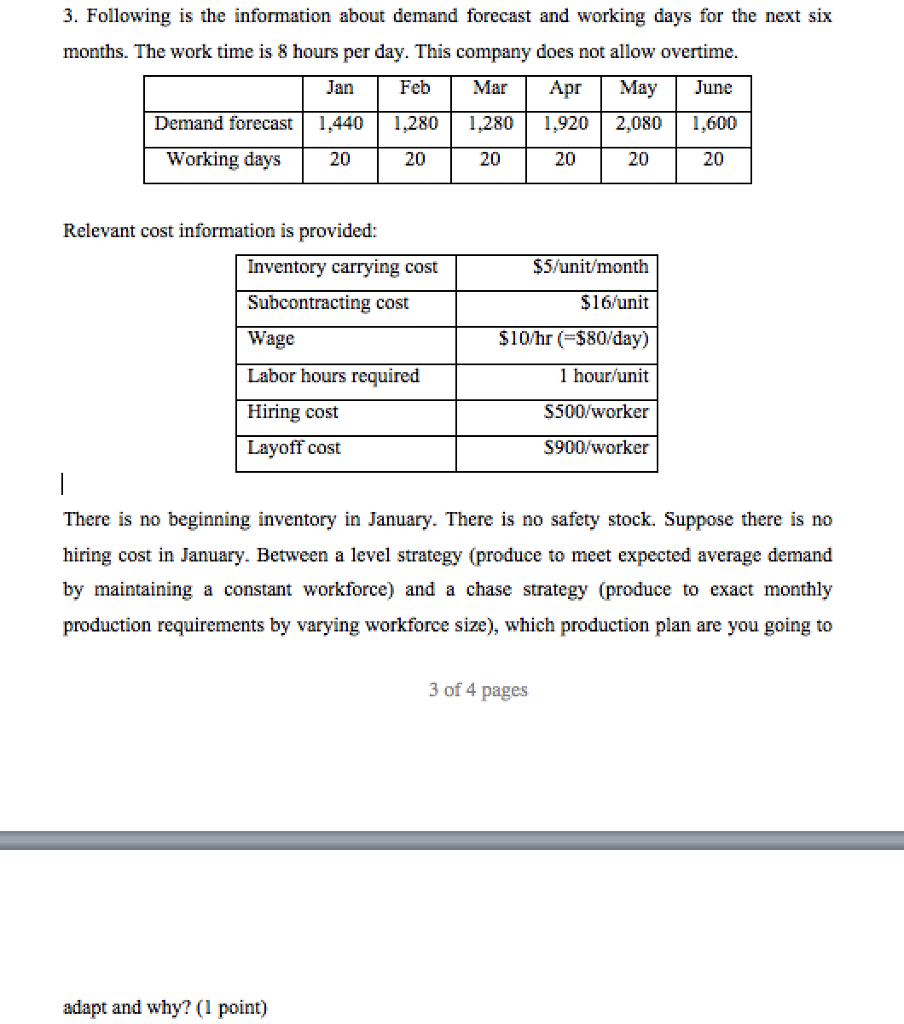 Aggregate Planning Youtube |  Aggregate Planning Youtube |  Aggregate Planning Youtube |
 Aggregate Planning Youtube | 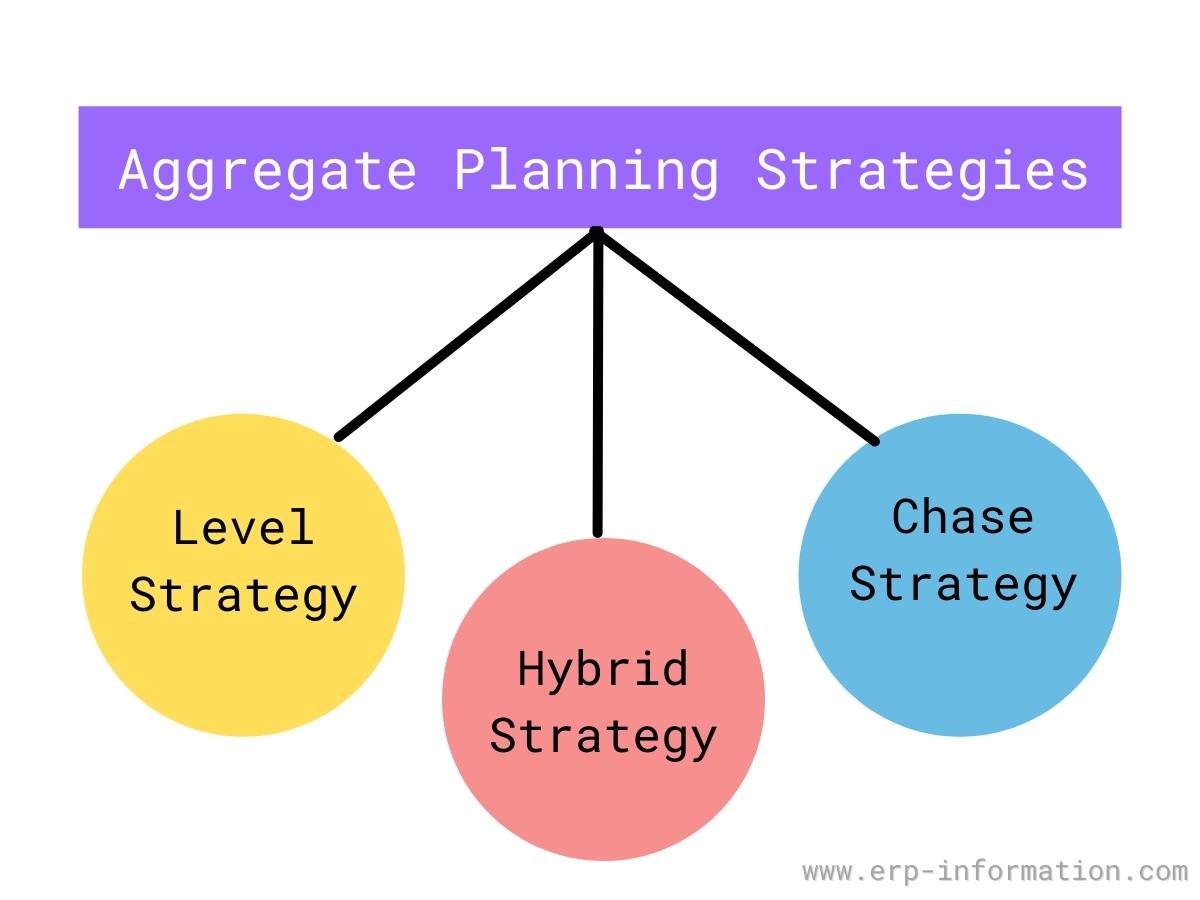 Aggregate Planning Youtube | 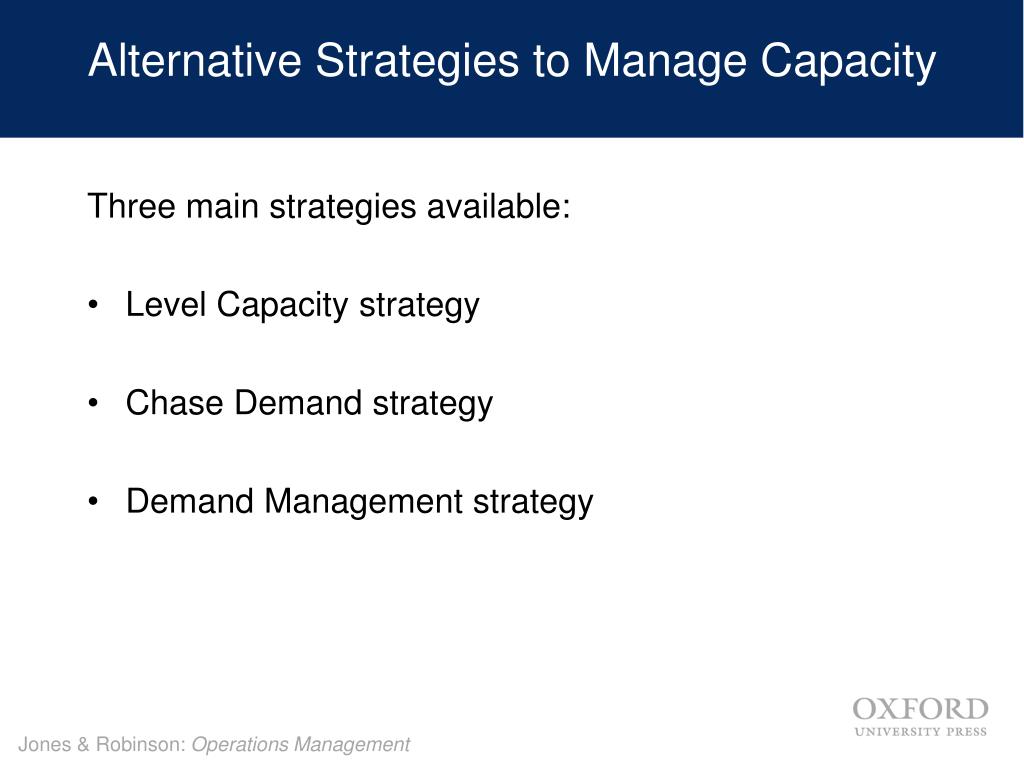 Aggregate Planning Youtube |
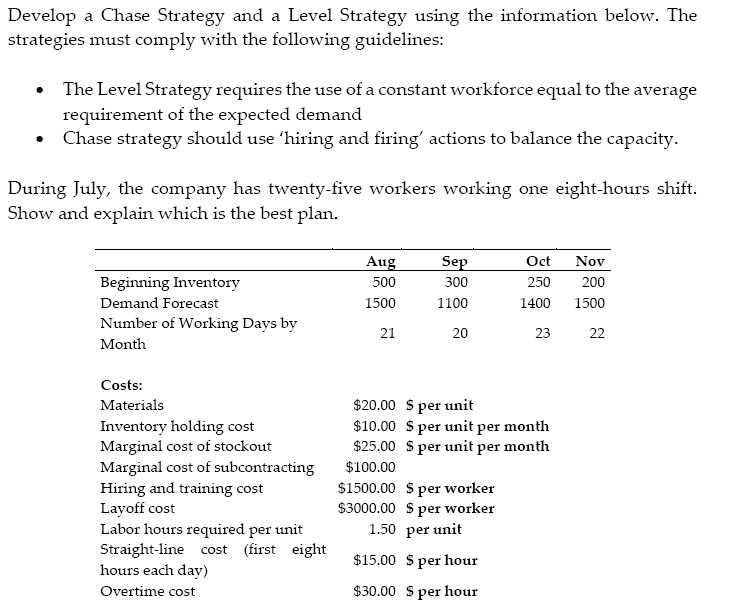 Aggregate Planning Youtube |  Aggregate Planning Youtube | 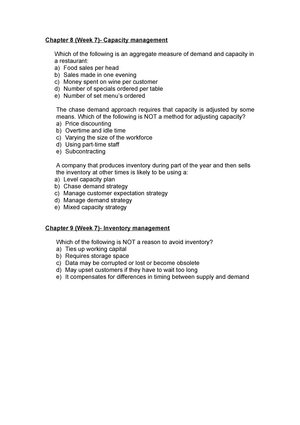 Aggregate Planning Youtube |
「What is level and chase strategy」の画像ギャラリー、詳細は各画像をクリックしてください。
 Aggregate Planning Youtube | Aggregate Planning Youtube | 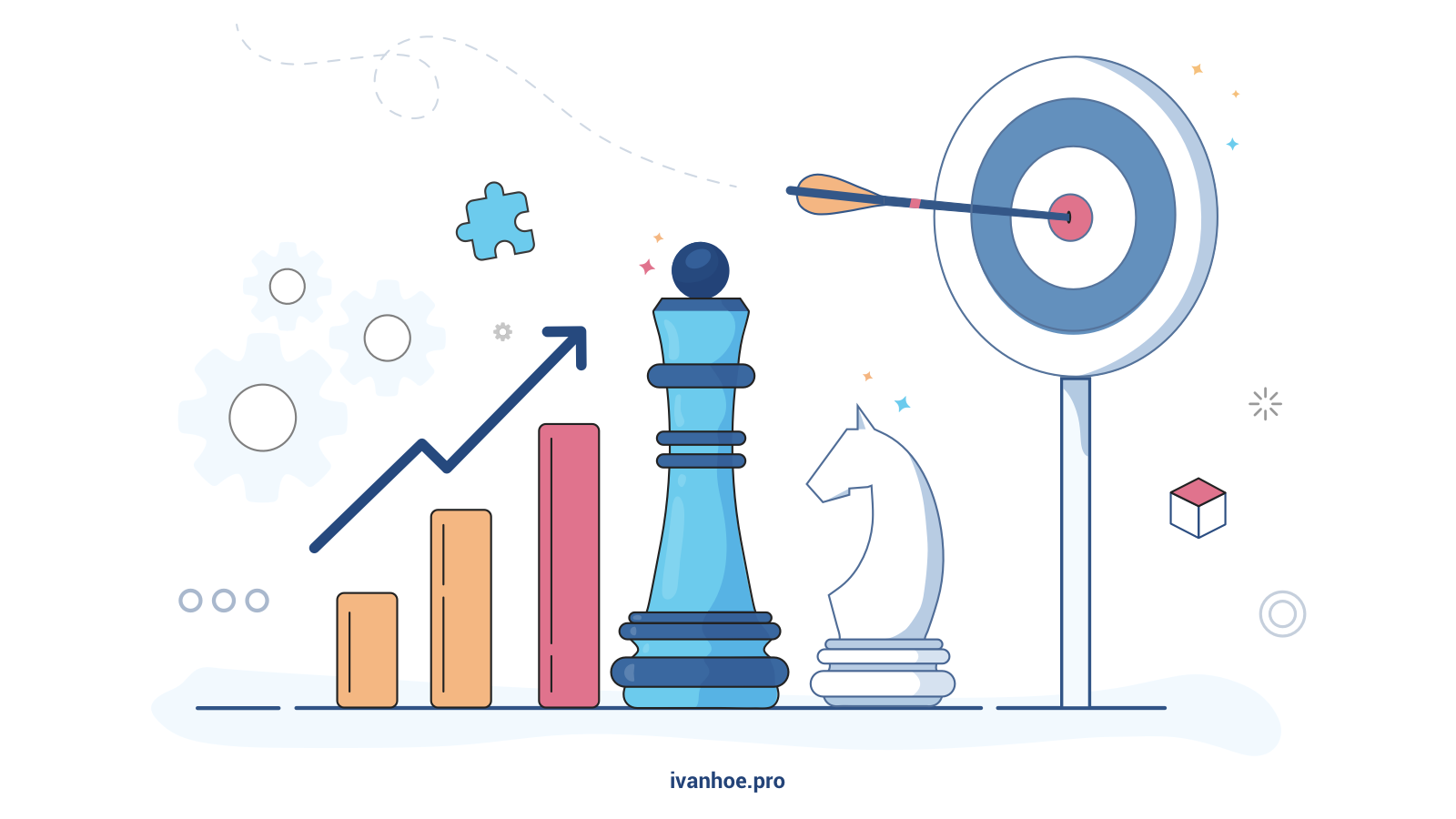 Aggregate Planning Youtube |
 Aggregate Planning Youtube |  Aggregate Planning Youtube |  Aggregate Planning Youtube |
 Aggregate Planning Youtube |  Aggregate Planning Youtube | Aggregate Planning Youtube |
「What is level and chase strategy」の画像ギャラリー、詳細は各画像をクリックしてください。
Aggregate Planning Youtube | 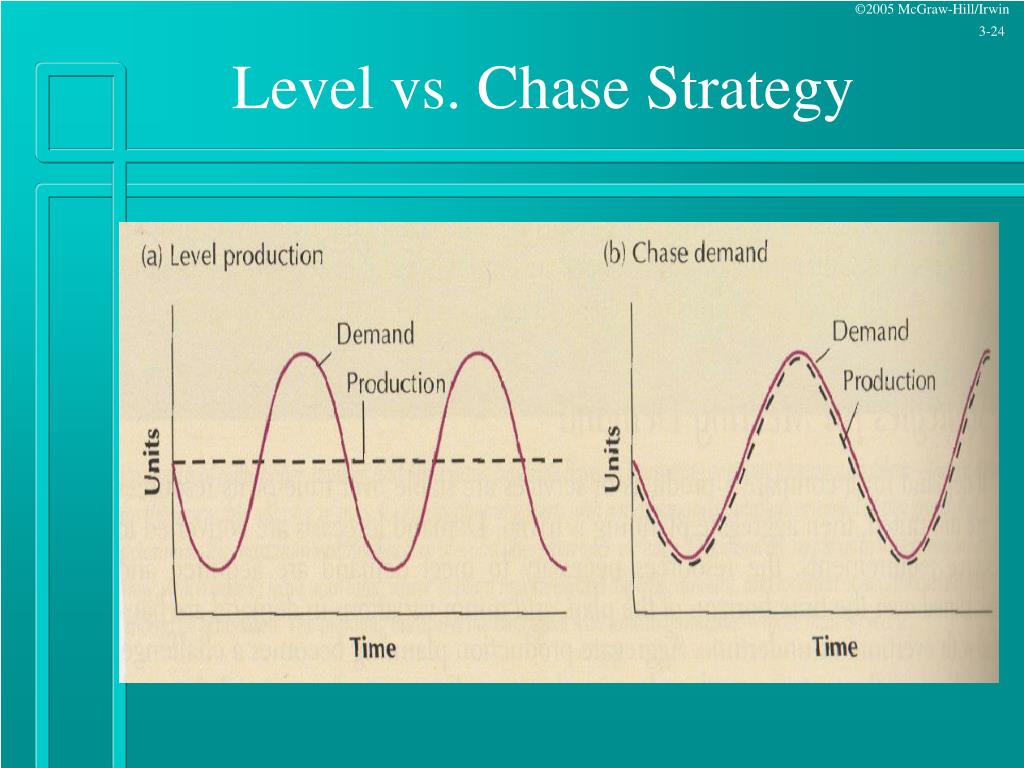 Aggregate Planning Youtube | 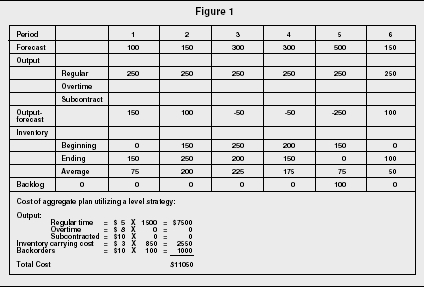 Aggregate Planning Youtube |
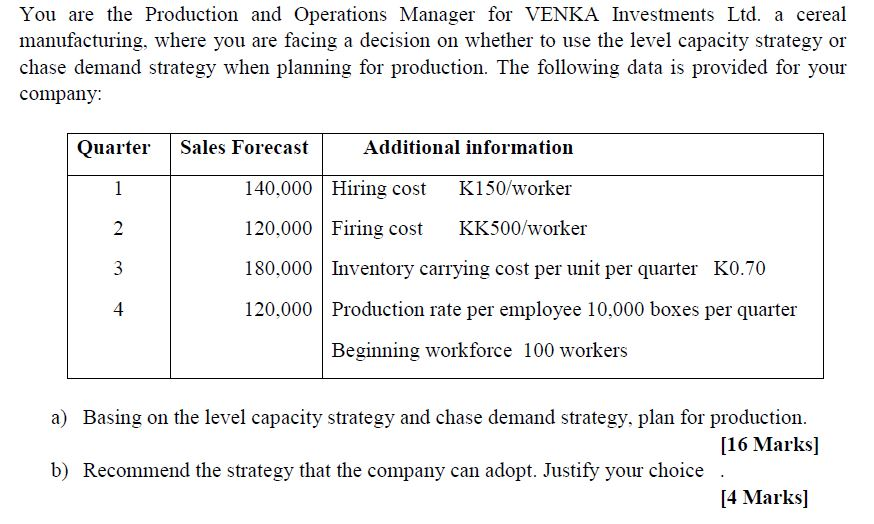 Aggregate Planning Youtube | 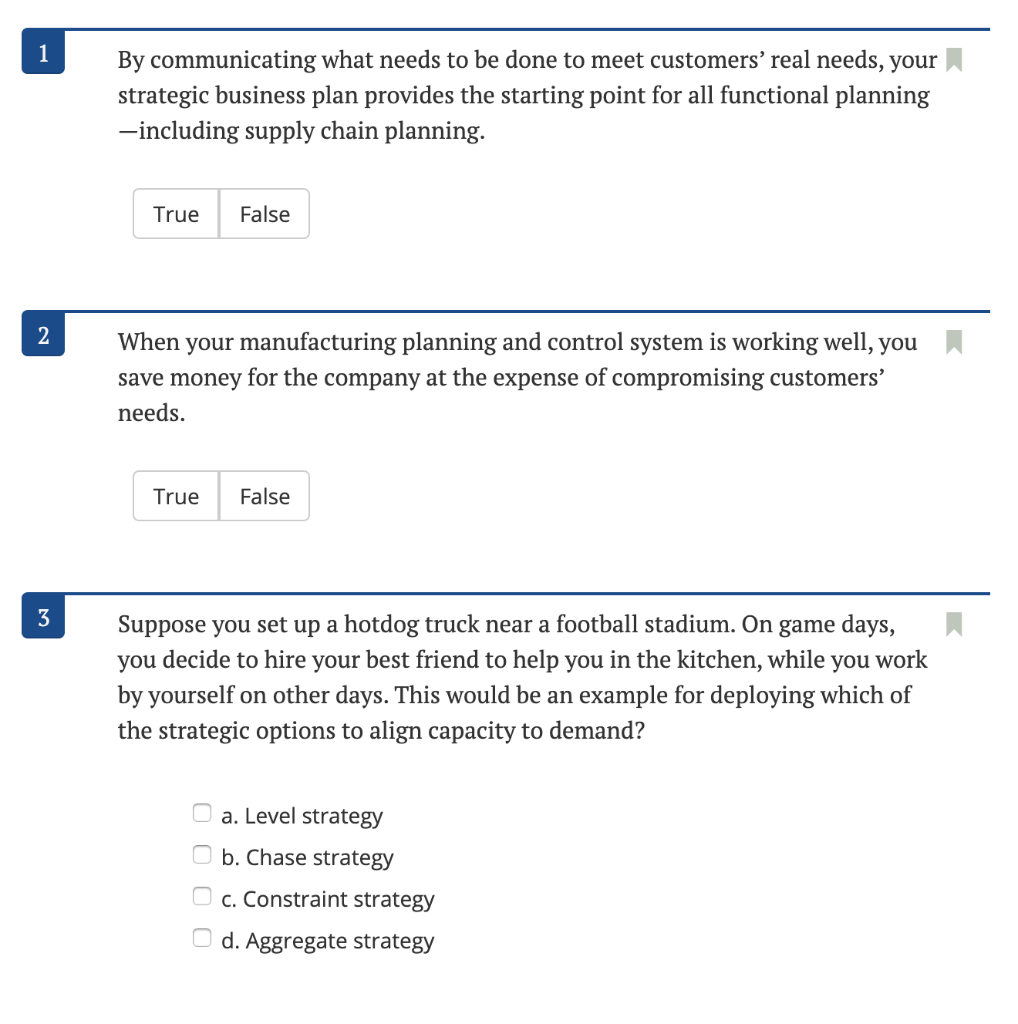 Aggregate Planning Youtube | Aggregate Planning Youtube |
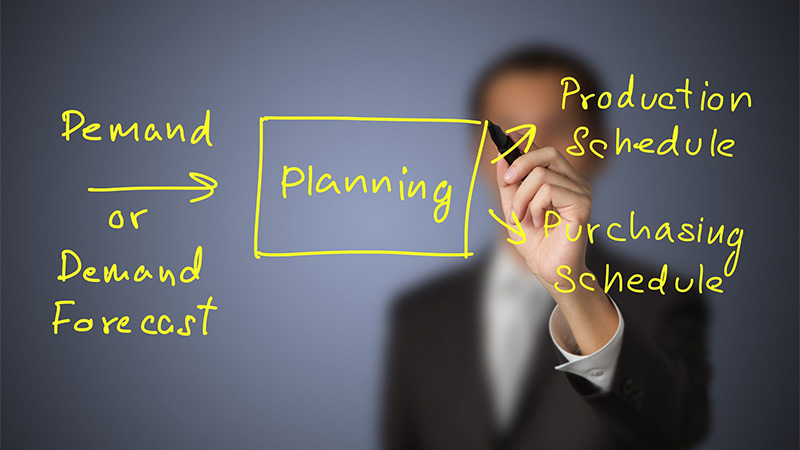 Aggregate Planning Youtube |  Aggregate Planning Youtube |  Aggregate Planning Youtube |
「What is level and chase strategy」の画像ギャラリー、詳細は各画像をクリックしてください。
 Aggregate Planning Youtube | Aggregate Planning Youtube | Aggregate Planning Youtube |
 Aggregate Planning Youtube | 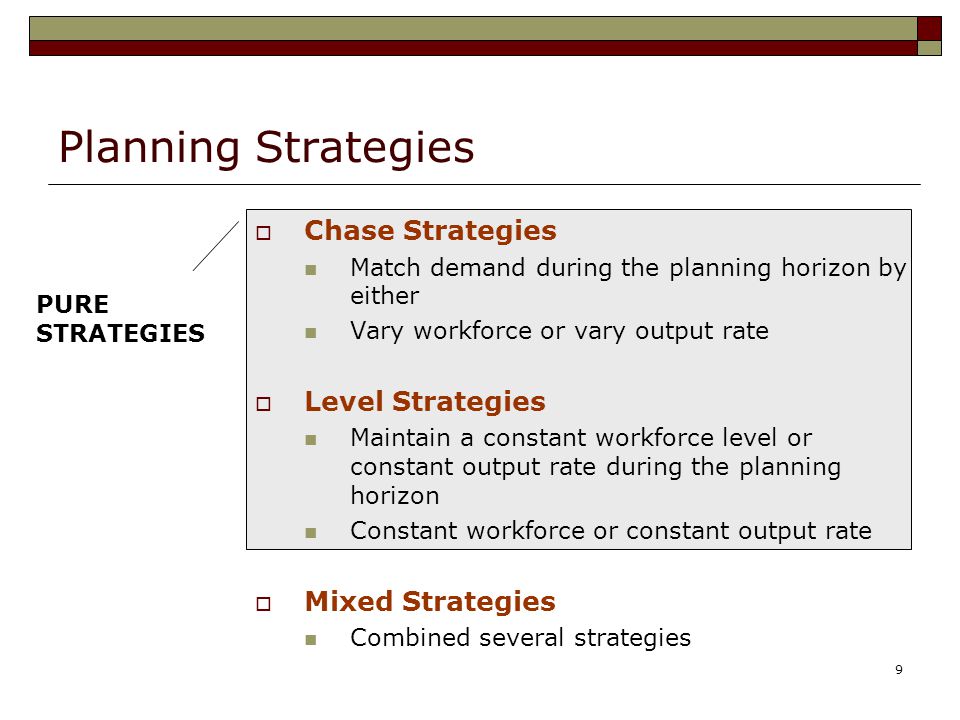 Aggregate Planning Youtube | 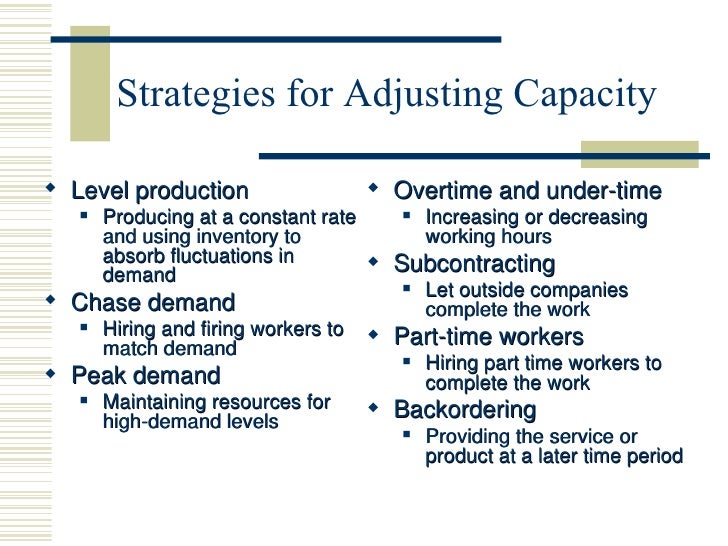 Aggregate Planning Youtube |
 Aggregate Planning Youtube |  Aggregate Planning Youtube |  Aggregate Planning Youtube |
「What is level and chase strategy」の画像ギャラリー、詳細は各画像をクリックしてください。
 Aggregate Planning Youtube | 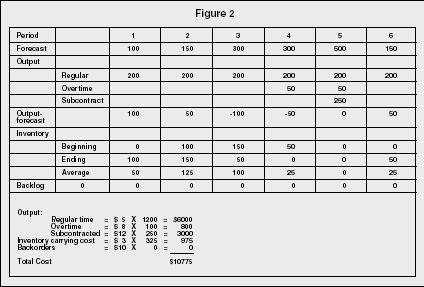 Aggregate Planning Youtube |  Aggregate Planning Youtube |
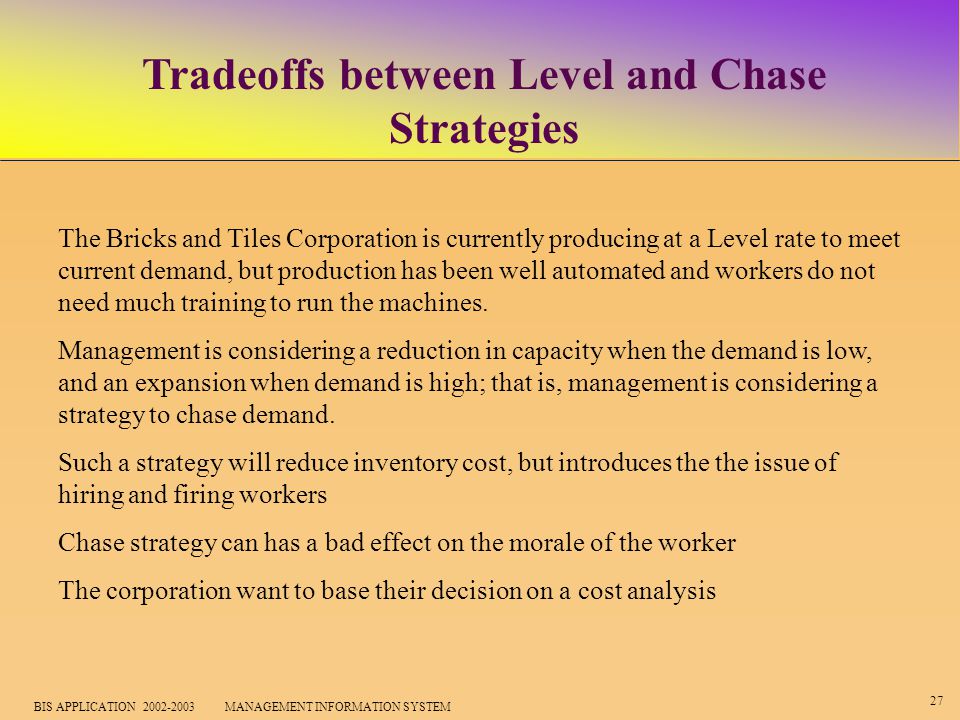 Aggregate Planning Youtube | Aggregate Planning Youtube | 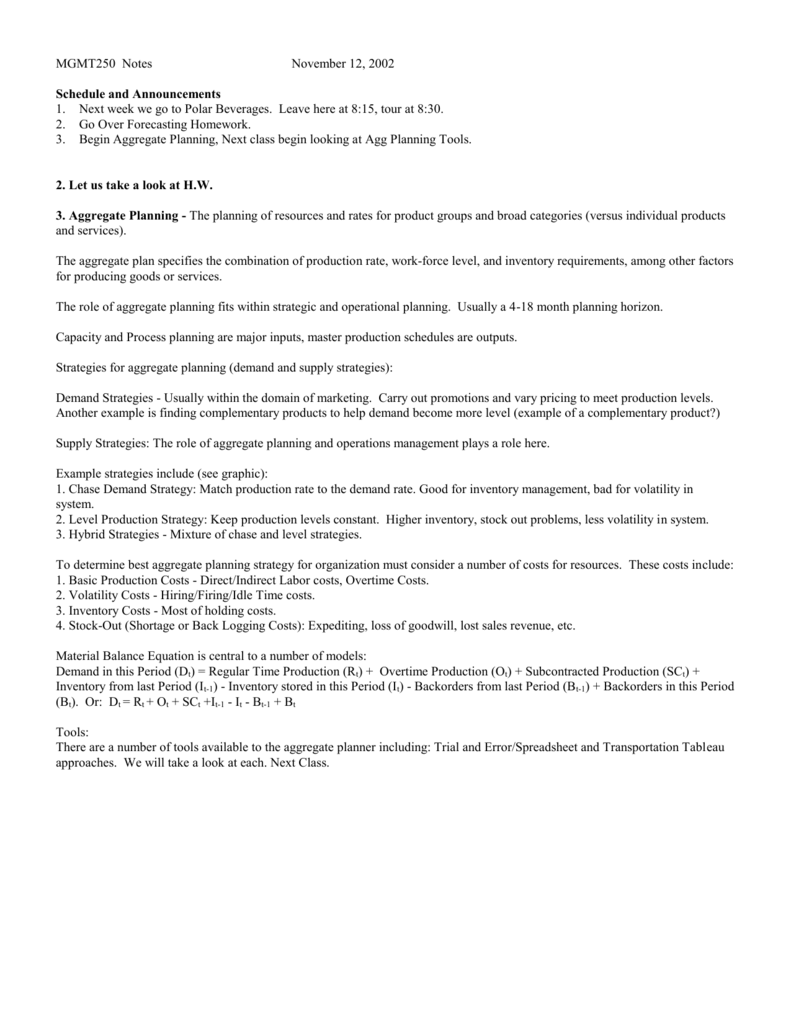 Aggregate Planning Youtube |
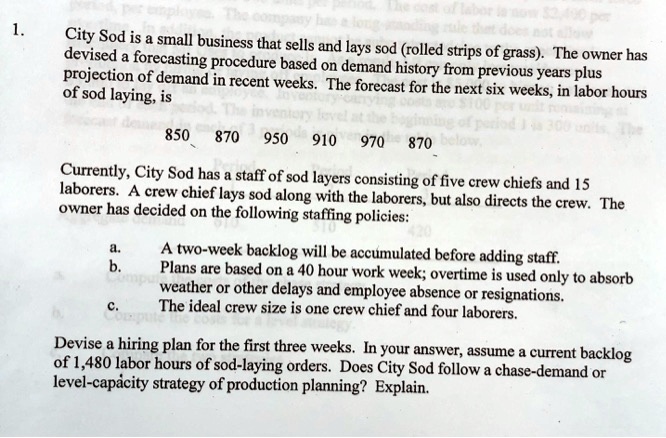 Aggregate Planning Youtube | 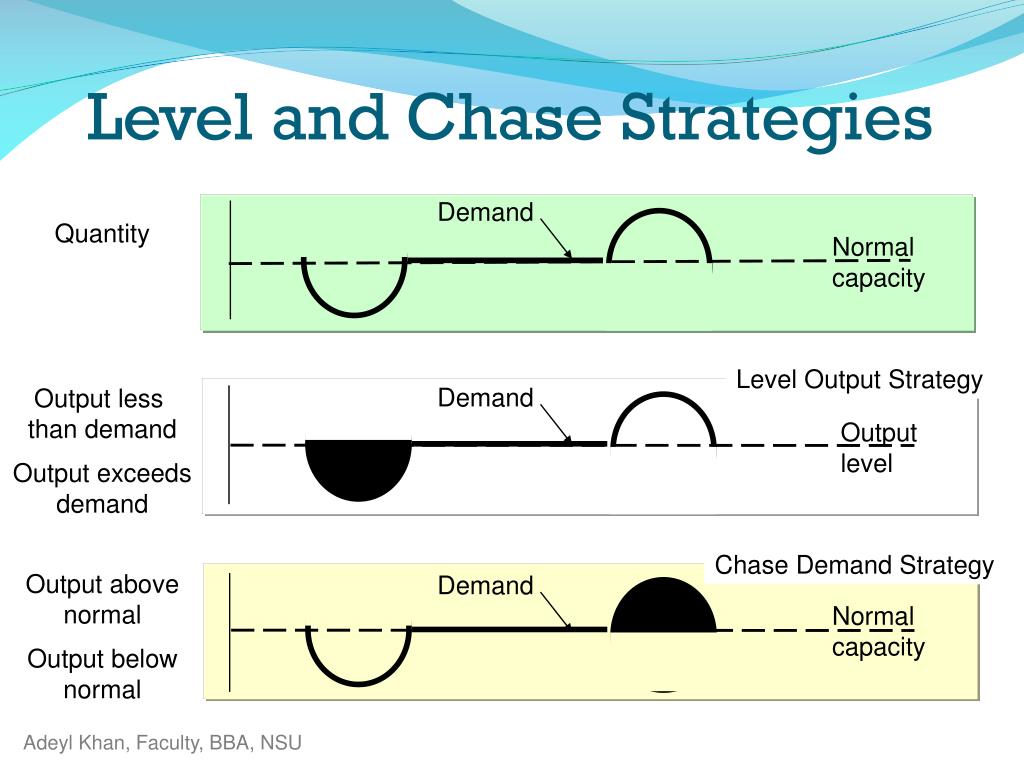 Aggregate Planning Youtube |  Aggregate Planning Youtube |
「What is level and chase strategy」の画像ギャラリー、詳細は各画像をクリックしてください。
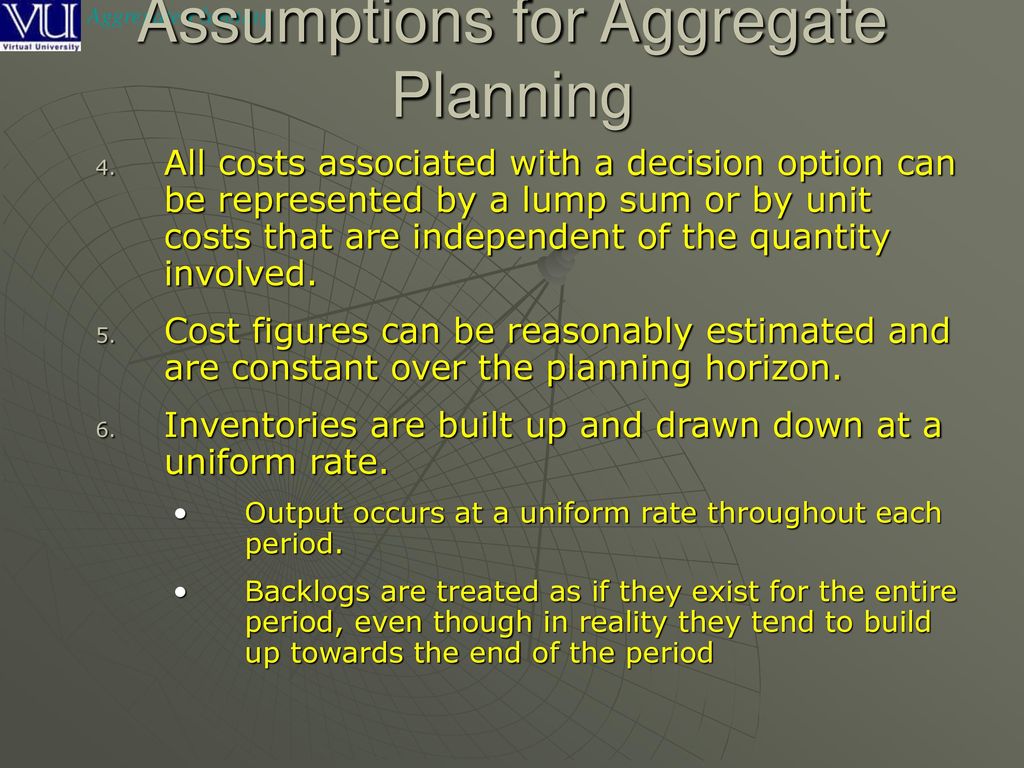 Aggregate Planning Youtube | 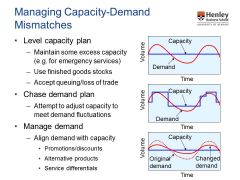 Aggregate Planning Youtube |  Aggregate Planning Youtube |
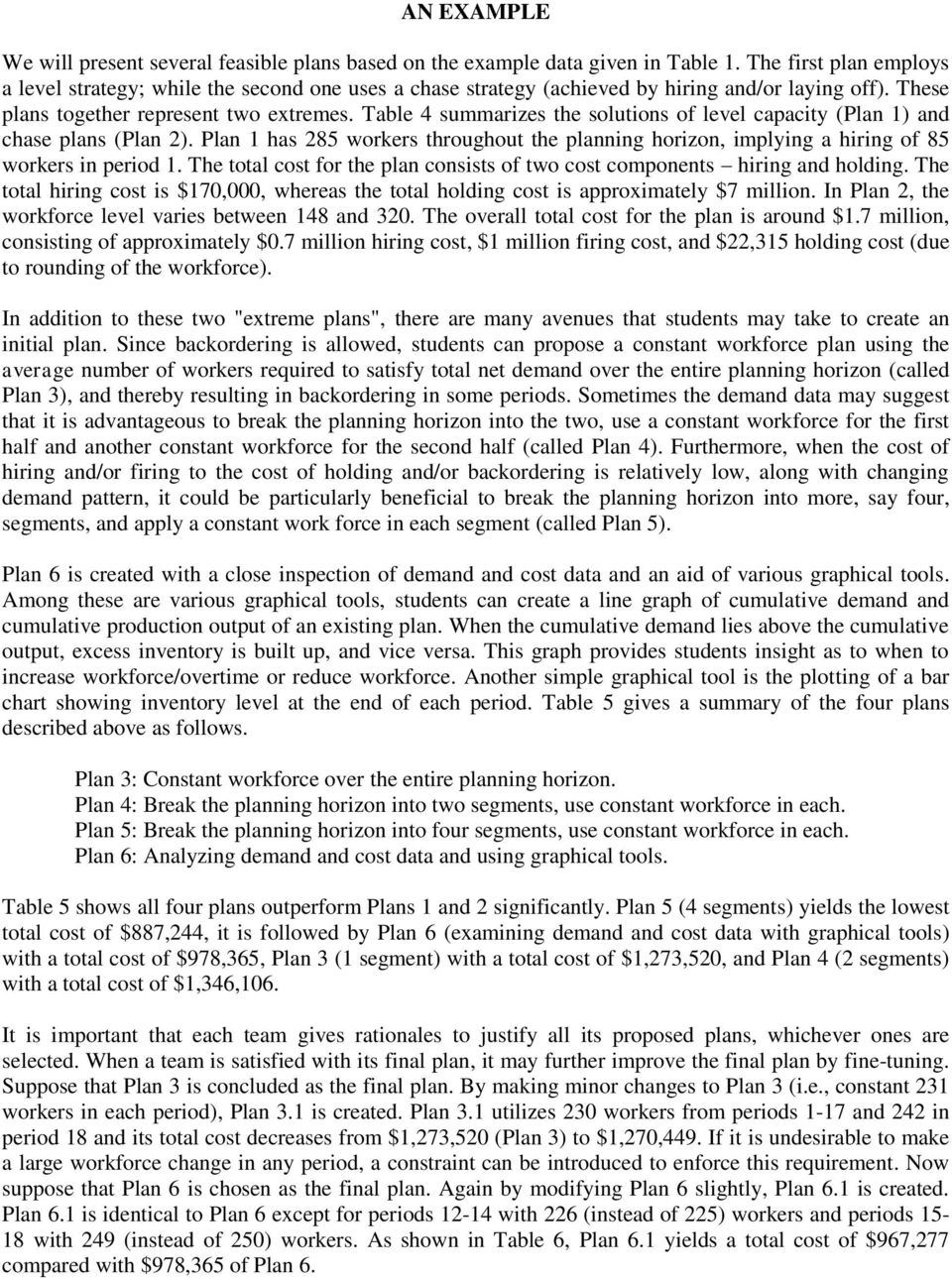 Aggregate Planning Youtube | 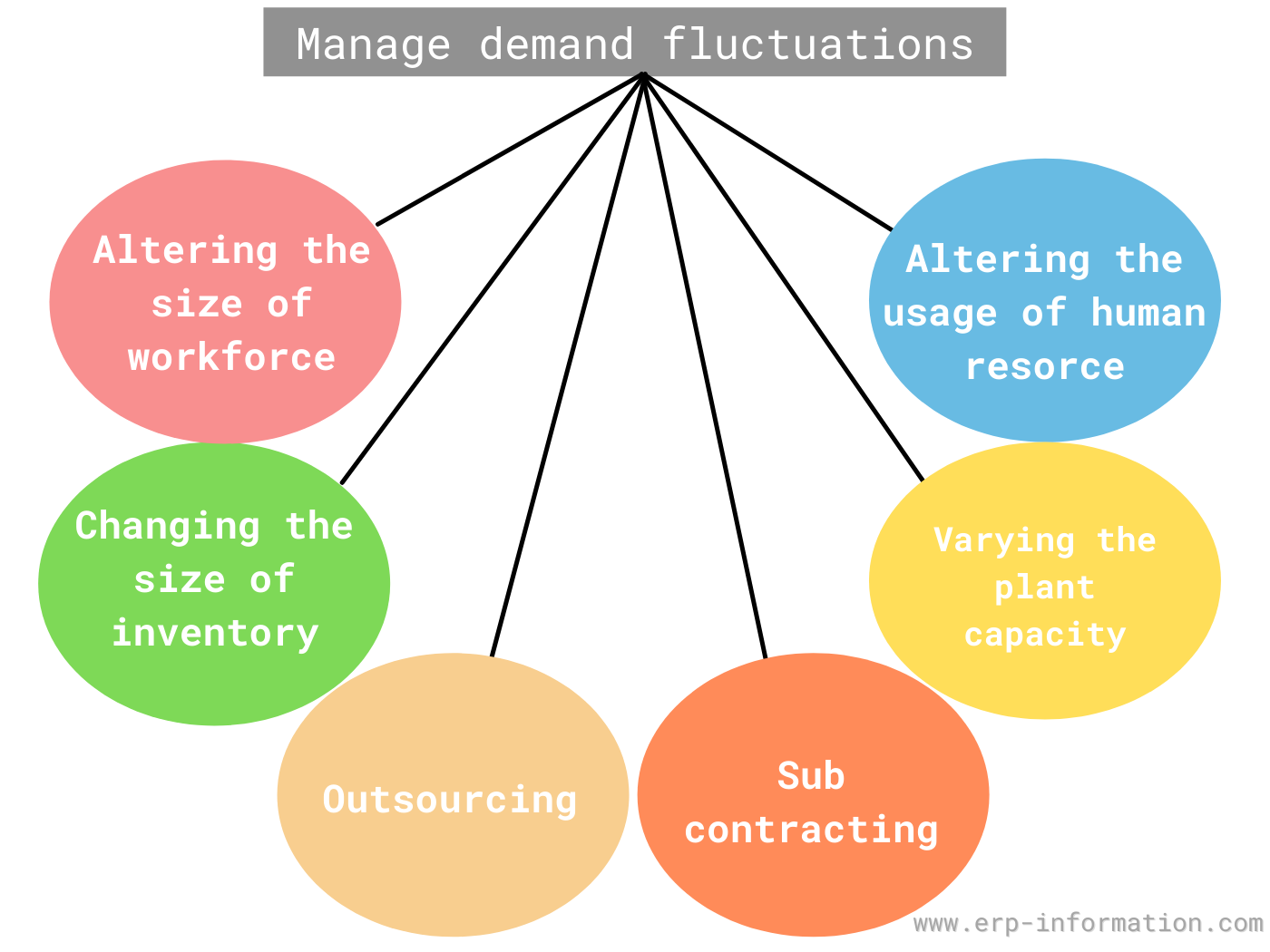 Aggregate Planning Youtube | Aggregate Planning Youtube |
 Aggregate Planning Youtube | 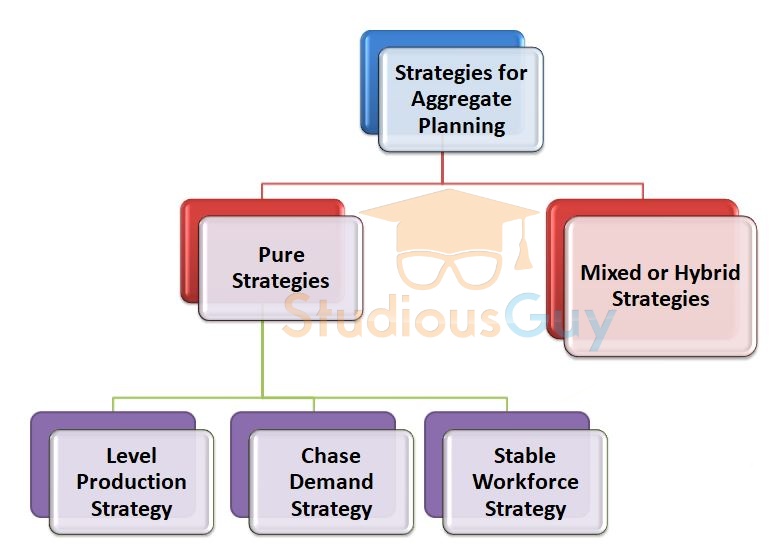 Aggregate Planning Youtube |  Aggregate Planning Youtube |
「What is level and chase strategy」の画像ギャラリー、詳細は各画像をクリックしてください。
 Aggregate Planning Youtube | 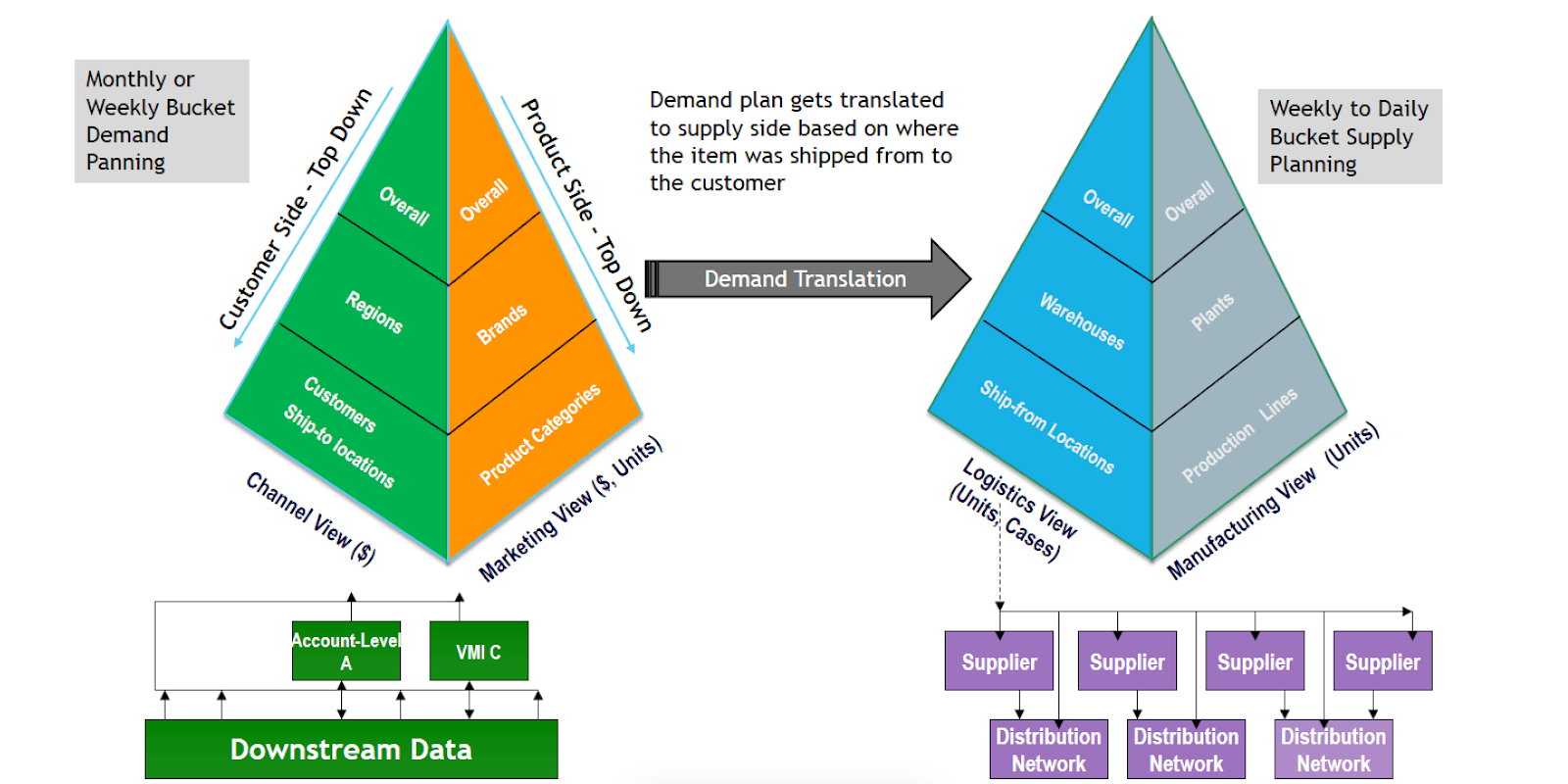 Aggregate Planning Youtube |  Aggregate Planning Youtube |
Aggregate Planning Youtube | 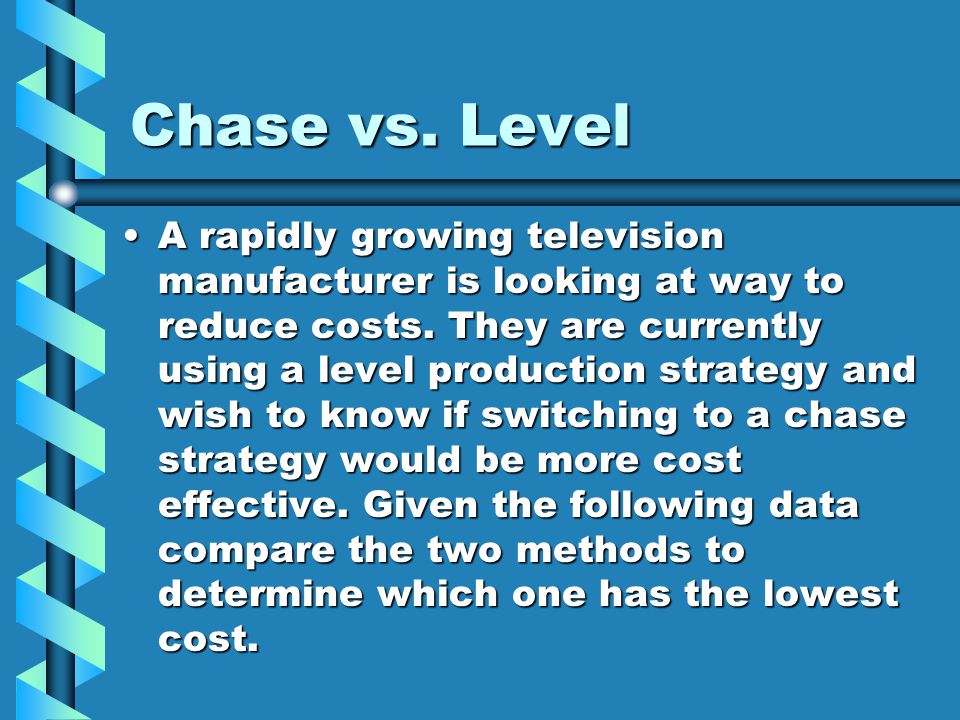 Aggregate Planning Youtube | Aggregate Planning Youtube |
 Aggregate Planning Youtube |  Aggregate Planning Youtube | 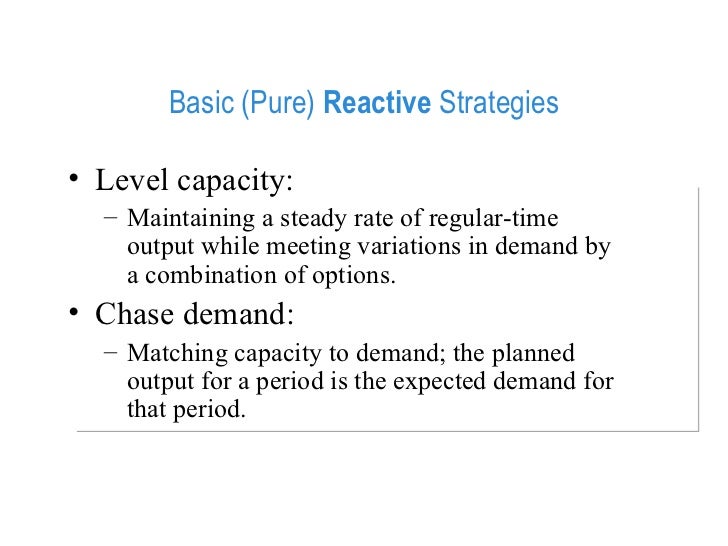 Aggregate Planning Youtube |
「What is level and chase strategy」の画像ギャラリー、詳細は各画像をクリックしてください。
Aggregate Planning Youtube | 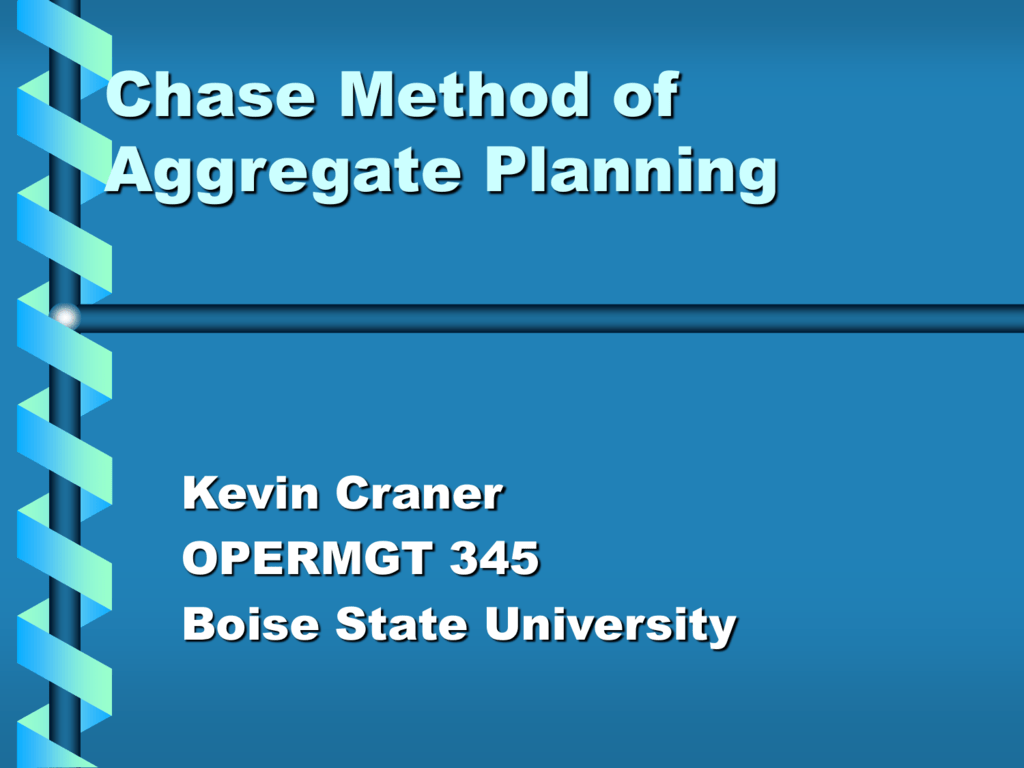 Aggregate Planning Youtube |  Aggregate Planning Youtube |
 Aggregate Planning Youtube |  Aggregate Planning Youtube | 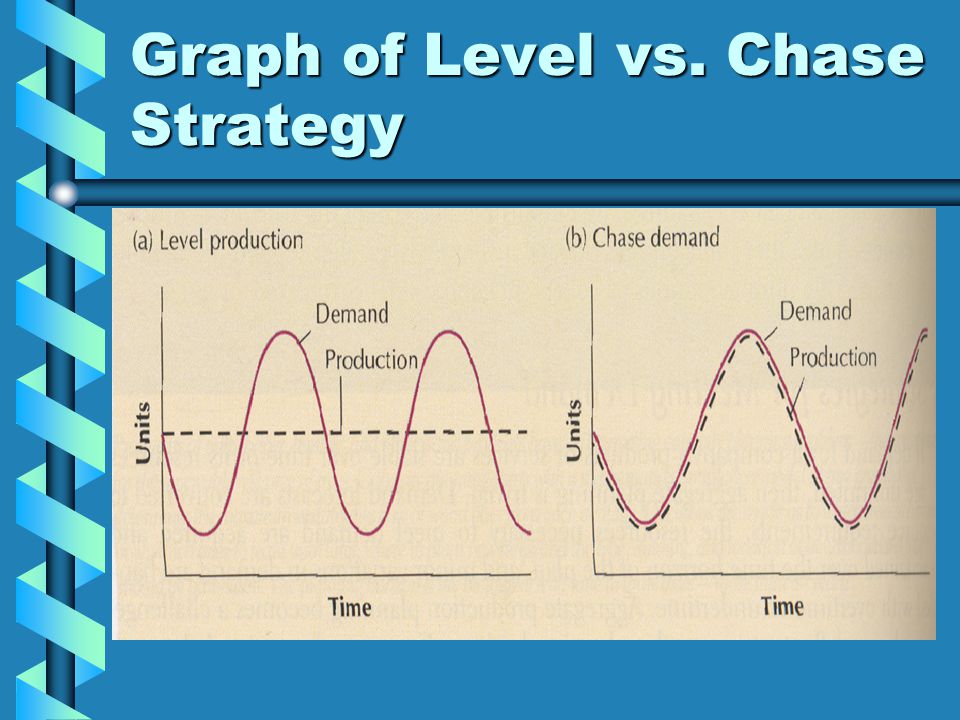 Aggregate Planning Youtube |
 Aggregate Planning Youtube |  Aggregate Planning Youtube |  Aggregate Planning Youtube |
「What is level and chase strategy」の画像ギャラリー、詳細は各画像をクリックしてください。
 Aggregate Planning Youtube |  Aggregate Planning Youtube |  Aggregate Planning Youtube |
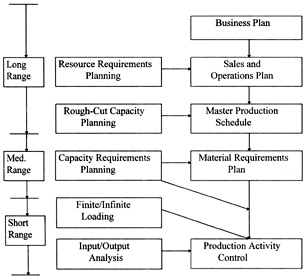 Aggregate Planning Youtube | 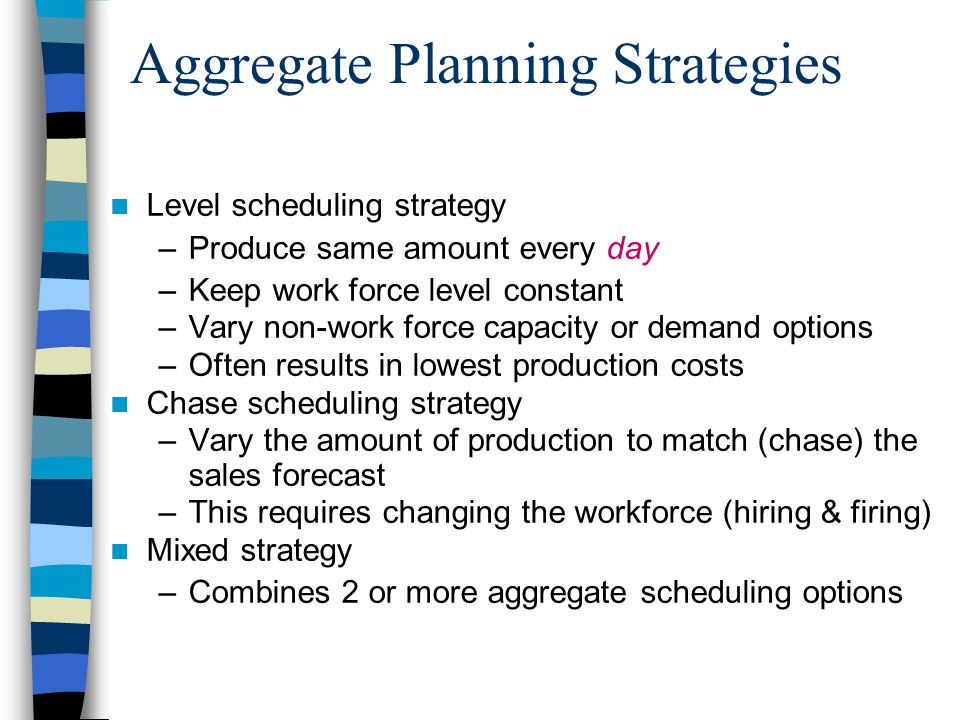 Aggregate Planning Youtube |  Aggregate Planning Youtube |
 Aggregate Planning Youtube |  Aggregate Planning Youtube |  Aggregate Planning Youtube |
「What is level and chase strategy」の画像ギャラリー、詳細は各画像をクリックしてください。
 Aggregate Planning Youtube | Aggregate Planning Youtube | 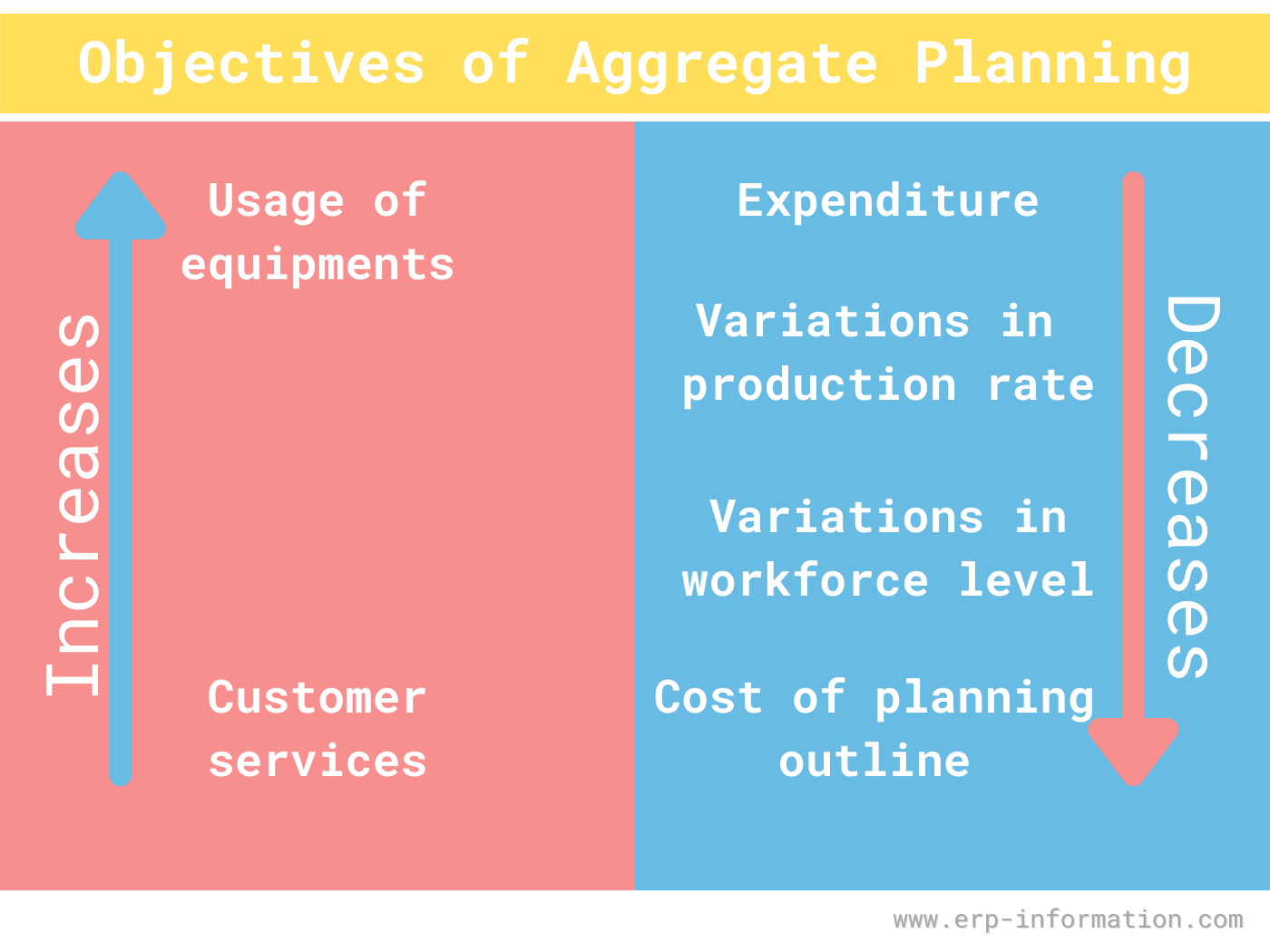 Aggregate Planning Youtube |
 Aggregate Planning Youtube | 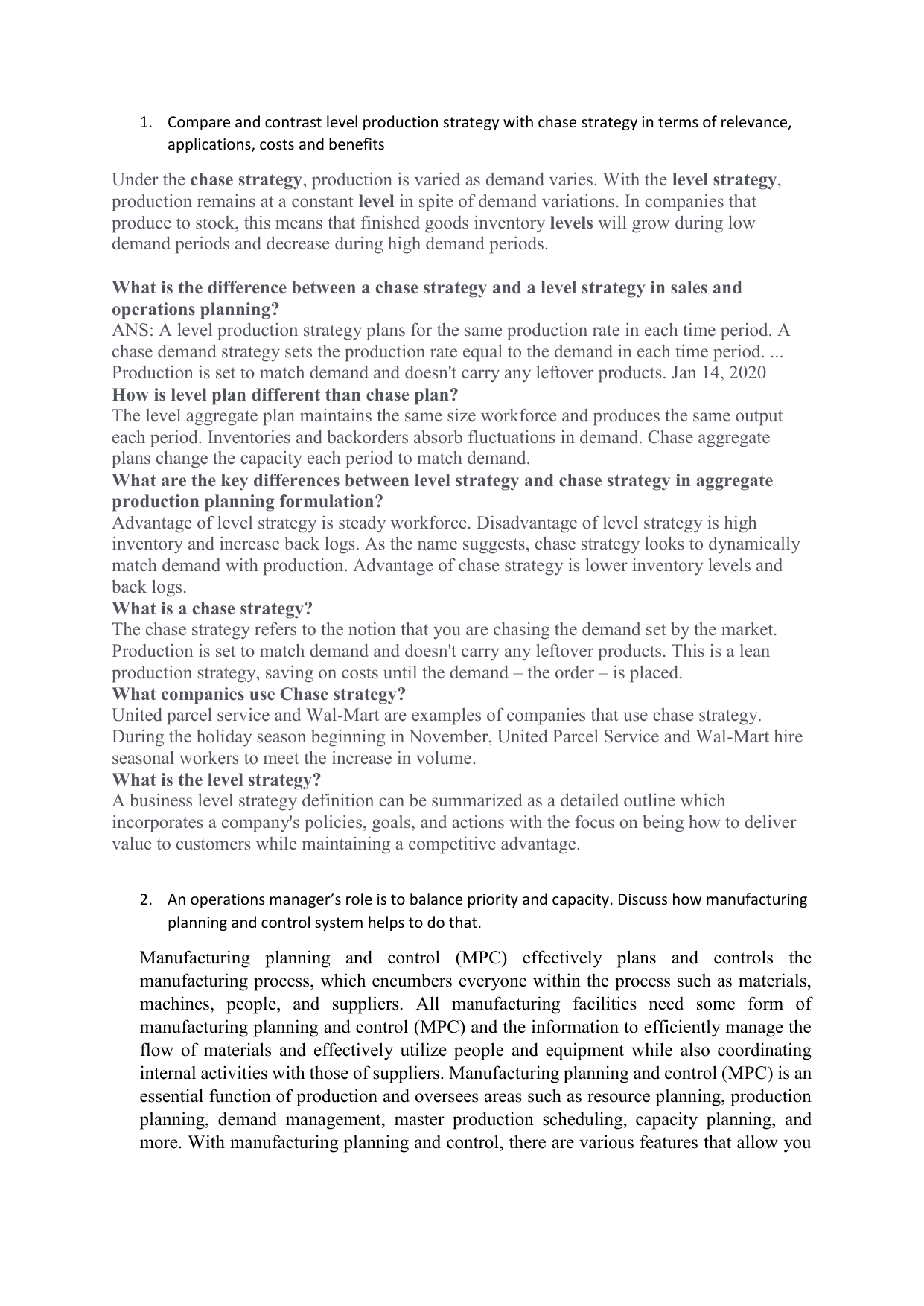 Aggregate Planning Youtube |
Level and chase strategy He goes on to discuss several ways service managers can alter demand and influence capacity The literature on capacity management focuses on goods and manufacturing, and many writers assume that services are merely goods with aThe advantages of the chase demand strategies are as illustrated below a Flexible utilisation of resources for instants economies of scope, the cost savings accomplished by utilising very similar staff or machines for a multitude of various tasks b Minimisation of stock levels (intend is zero stock) and consequently cashflow tied up while
Incoming Term: level capacity and chase demand strategy, level capacity strategy vs chase demand strategy, what is level and chase strategy, what is chase demand strategy, chase capacity strategy,




No comments:
Post a Comment